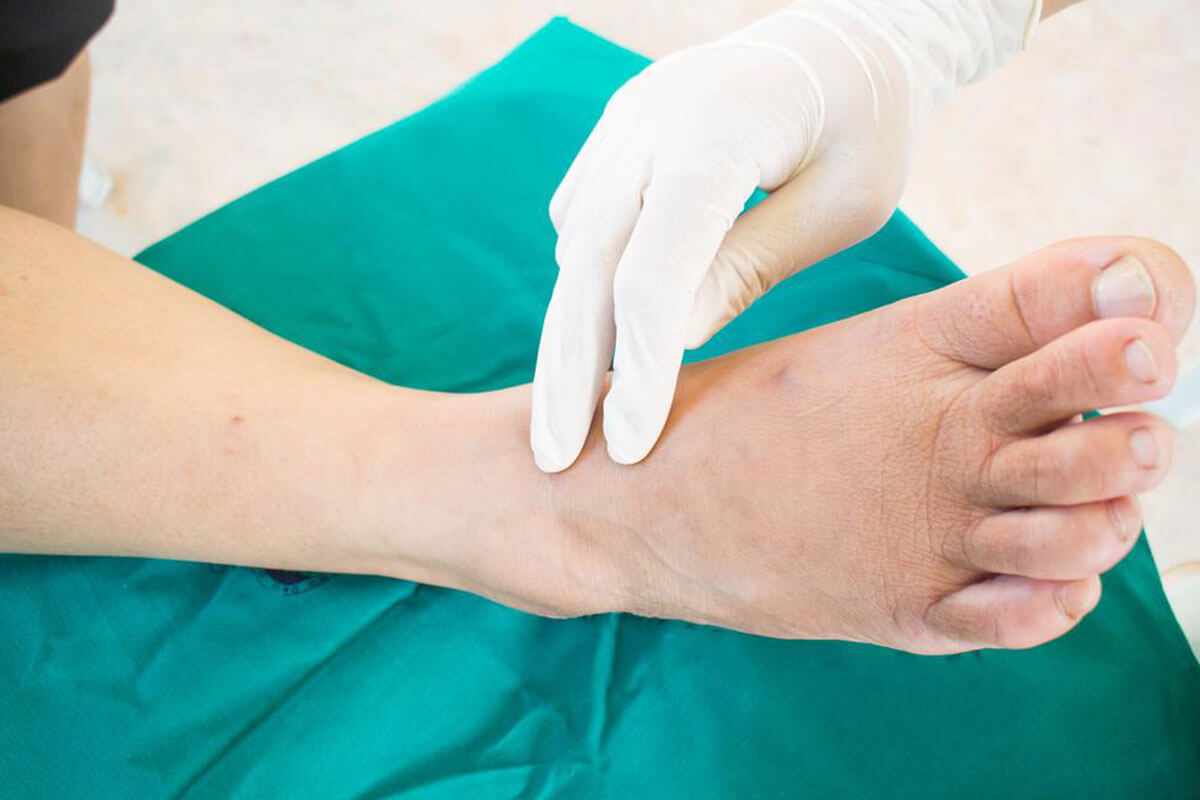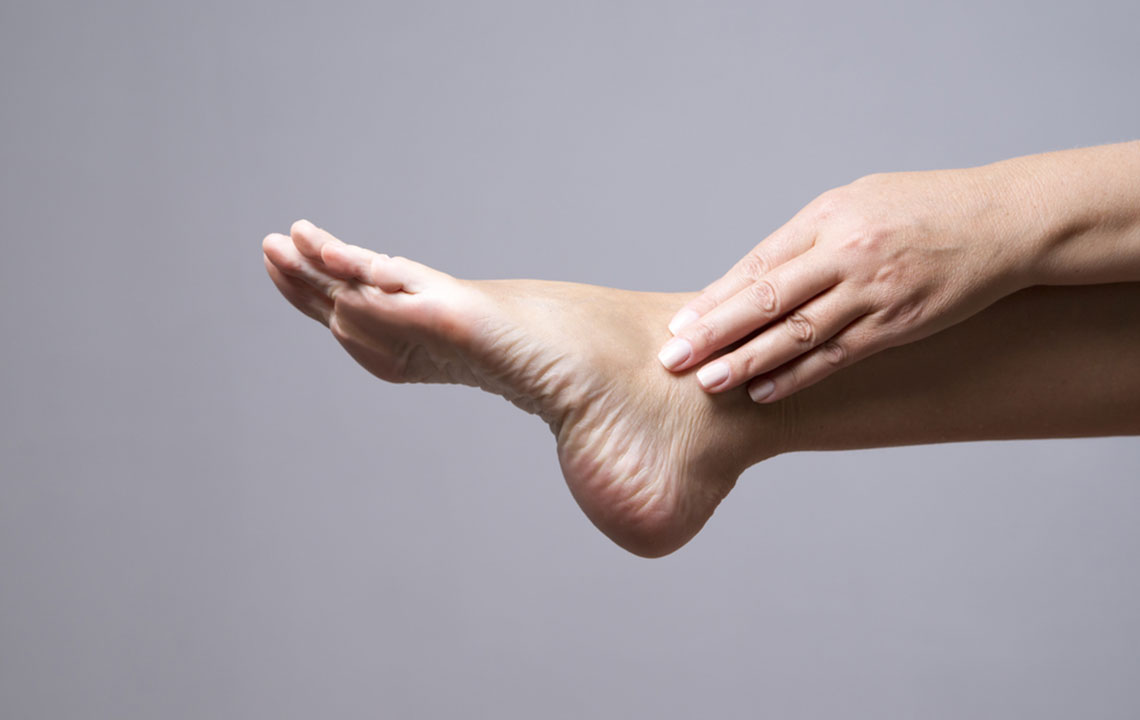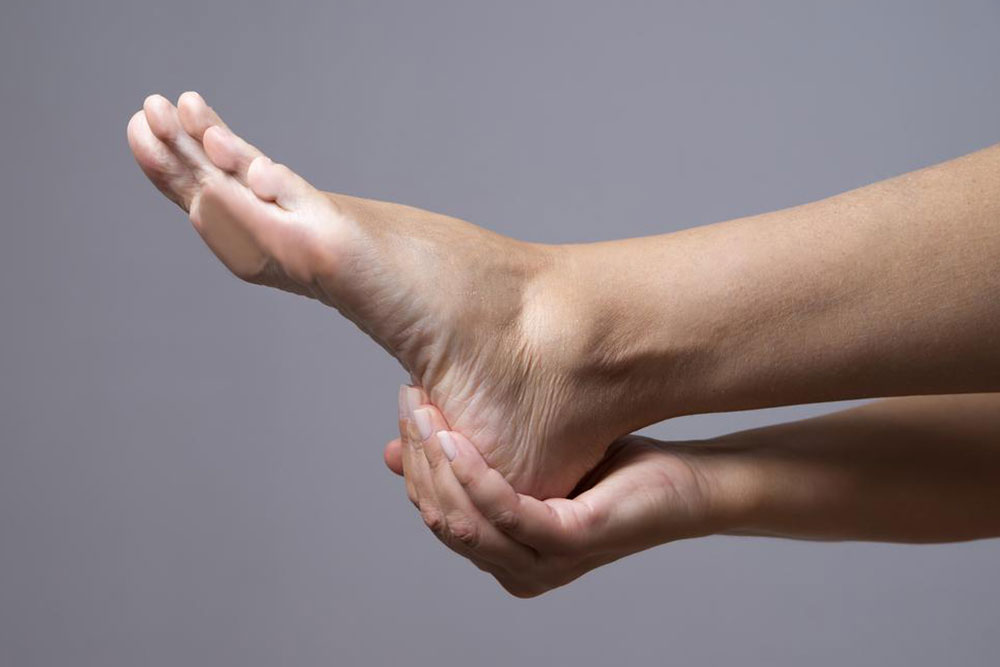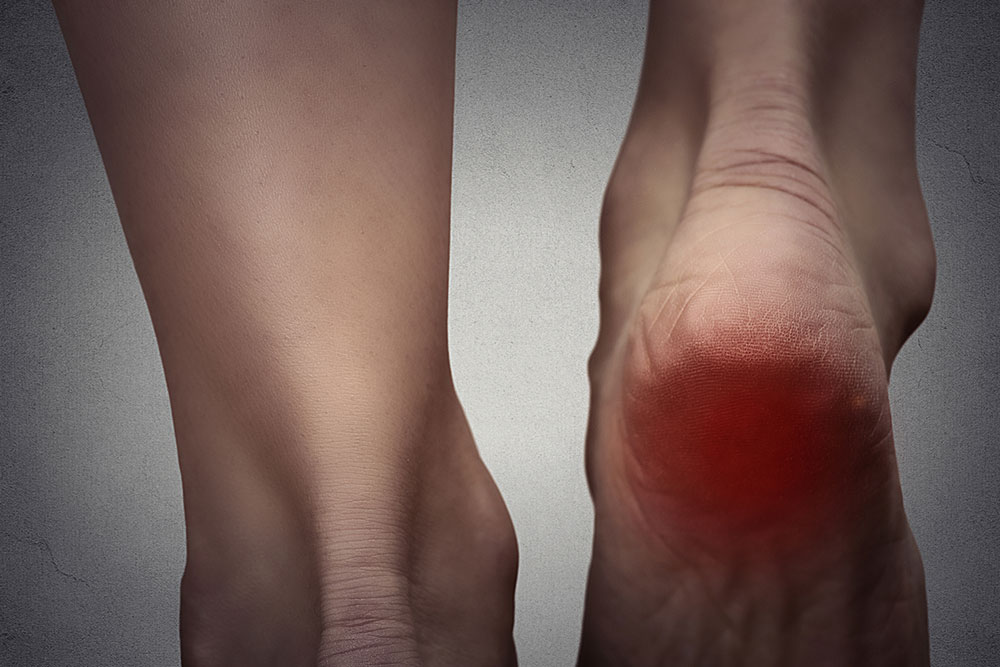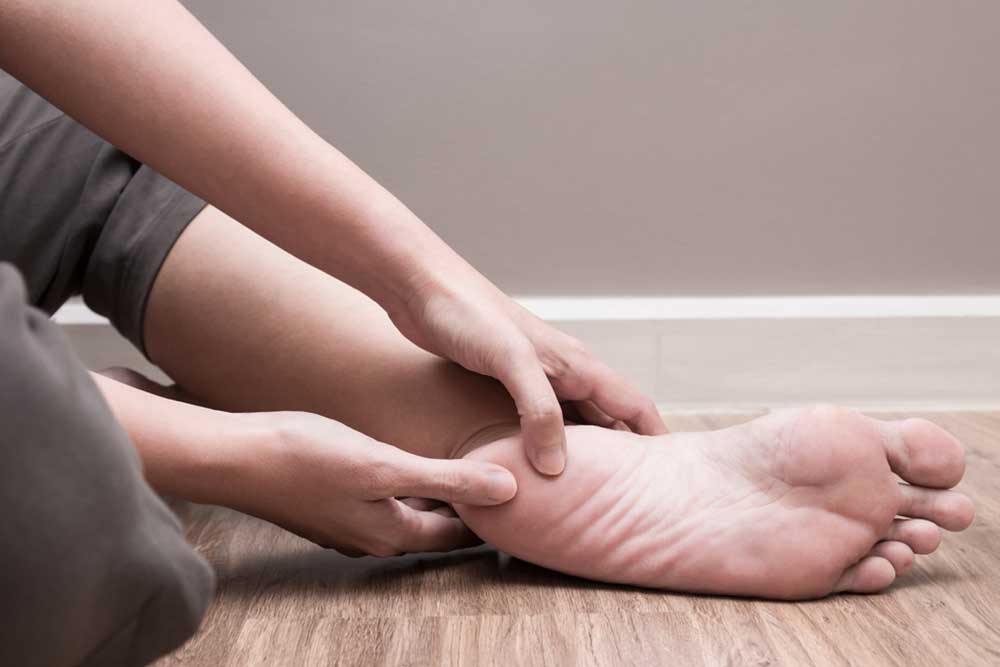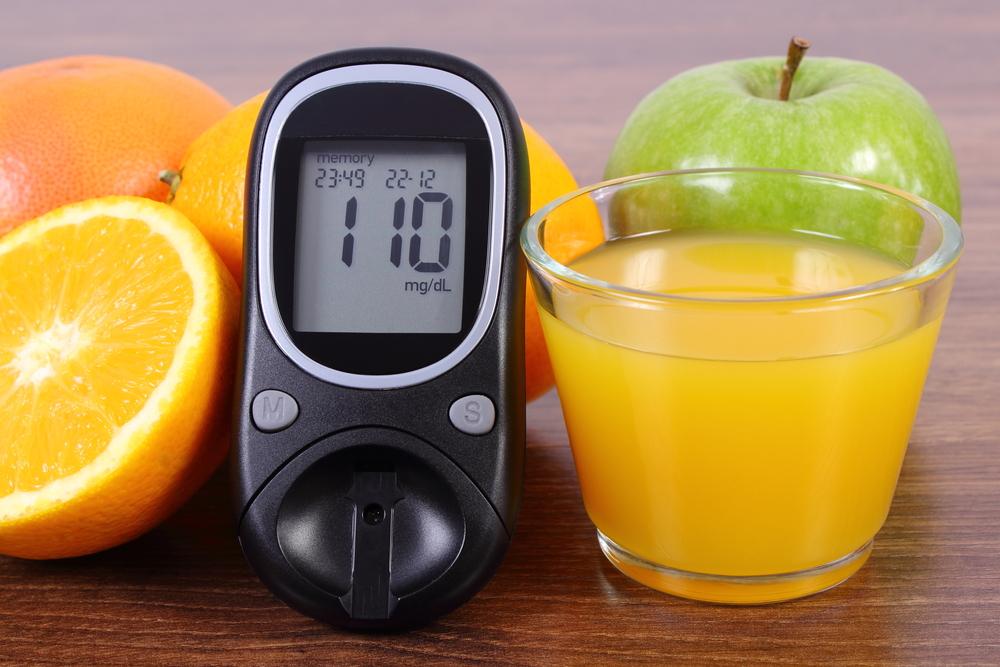Comprehensive Guide to Alleviating Toe Discomfort
This comprehensive guide provides insights into the causes, symptoms, and effective treatments for toe pain. From arthritis and injuries to footwear issues, understanding the underlying factors helps in managing discomfort efficiently. Prompt medical attention is emphasized for persistent or severe pain, ensuring proper recovery and preventing long-term problems.
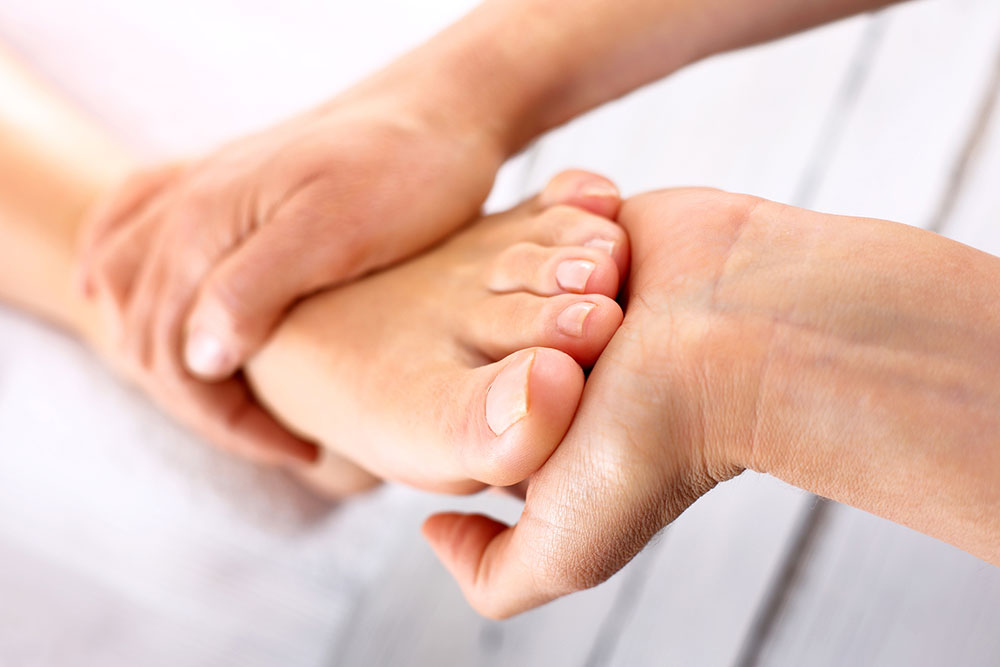
Comprehensive Guide to Alleviating Toe Discomfort
Toe pain can arise from various causes, including joint inflammation and injuries. Arthritis, a common culprit, involves joint swelling and stiffness, affecting over a hundred different types, with toe arthritis being prominent. Pain may also stem from external injuries, poor footwear, or structural abnormalities. Athletes and active individuals are particularly vulnerable to toe injuries, experiencing symptoms like numbness, burning sensations, swelling, and difficulty walking. Proper diagnosis and treatment, including rest, medication, and footwear adjustments, are essential to relieve discomfort and prevent further complications.
A thorough understanding of toe pain symptoms is vital for prompt intervention. These include numbness, tenderness, discoloration, swelling, and difficulty in walking. Common causes encompass ingrown toenails, bunions, fractures, infections, and environmental factors like ill-fitting shoes or trauma. Repetitive injuries or autoimmune conditions can also contribute to persistent pain. Effective treatments involve proper rest, ice application, elevation, and footwear changes. Severe or persistent pain necessitates medical consultation, especially for individuals with underlying conditions such as diabetes. Early care helps prevent long-term damage and promotes quicker recovery.
Important tips for managing toe pain:
Ensure adequate rest and avoid unnecessary strain on the toe.
Apply ice and keep the foot elevated to reduce swelling.
Switch to comfortable footwear to prevent aggravating injuries.
Seek prompt medical advice if pain persists beyond a week or worsens.
For diabetic patients, immediate consultation is crucial if symptoms do not improve.
This guide covers causes, symptoms, and treatments for toe pain, emphasizing early diagnosis and proper care. From injuries to autoimmune issues, understanding the root cause is essential for effective relief. Lifestyle modifications, rest, and medical intervention play vital roles in recovery. Always consult healthcare professionals for persistent or severe symptoms to prevent complications and improve mobility.

